Yin and Yang: is the graphics card suitable for CPU and vice versa?
We independently test the products and technologies that we recommend.

Celeron, old Pentium and AMD A6 — integration only
Undemanding games at low settings at 720p, no headroom
Dual-core processors without virtual multithreading (Intel Celeron, Pentium up to Skylake inclusive and AMD A6) are not suitable for modern resource-intensive games (their lot is office PCs), so it makes no sense to buy a discrete graphics card, even an entry-level one. Fortunately, all these chips have an integrated graphics accelerator (Intel HD Graphics is weaker, AMD Radeon R5 is more powerful), pulling old or undemanding games, such as Dota 2 and World of Tanks, at low graphics settings at HD resolution. A lunch break after a match or two can be passed, but more is not required.
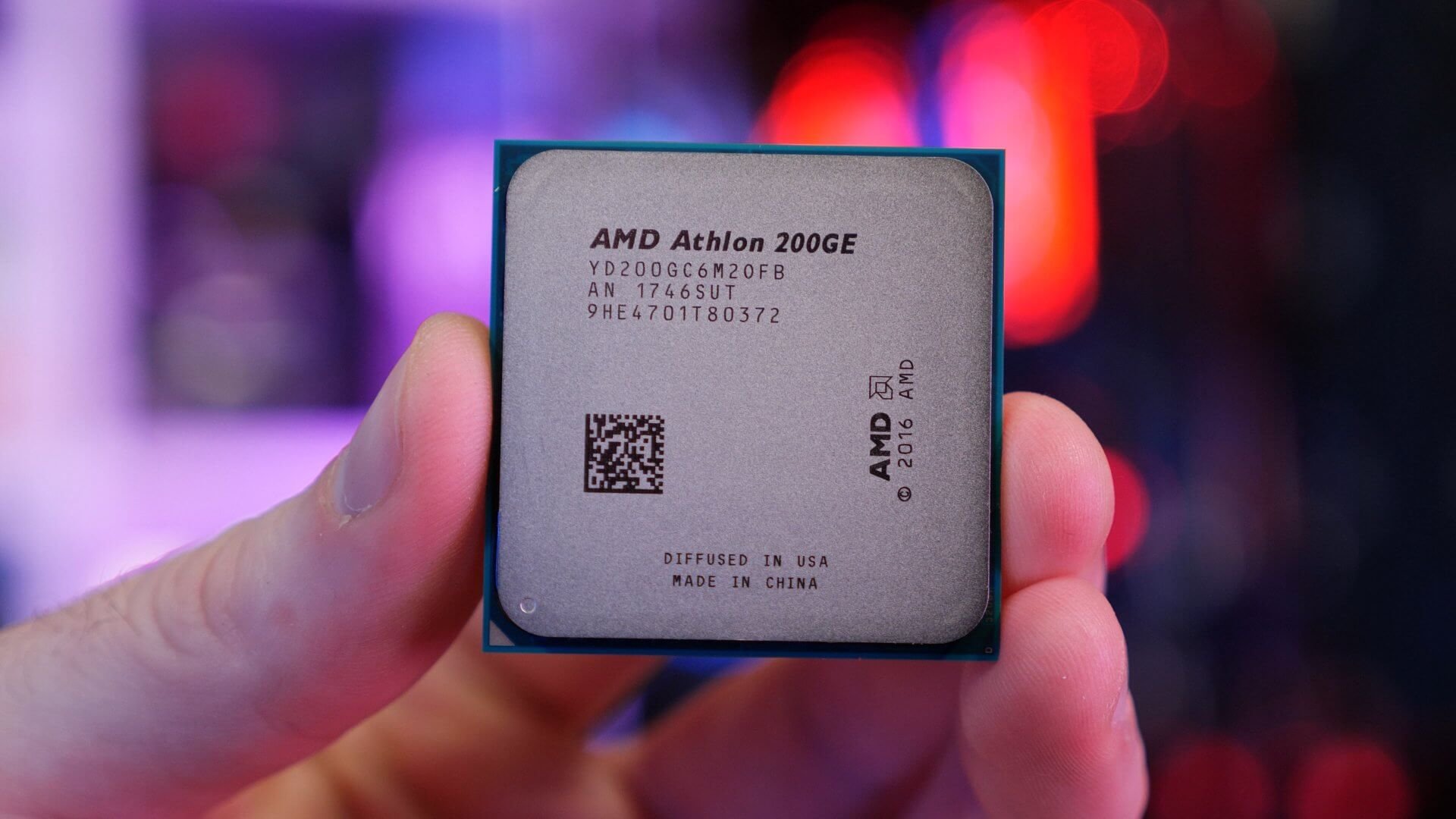 |
AMD A8, A10, A12, Athlon — GeForce GT 1030 and Radeon RX 550
All games at least on low settings at 720p, no headroom
The cheapest processors that can be called at least somewhat gaming are the quad-core AMD A8, A10, A12 and Athlon X4 with dual Excavator cores (a common floating point unit and cache). The first three have a built-in graphics accelerator, and the last one is deprived of it.
Separately, it is worth mentioning the Athlon 200GE with two cores, four threads and integrated Vega 3 graphics. The architecture of the chip is the new high-performance Zen, but the low frequency of 3.2 GHz without the possibility of overclocking (the multiplier is locked) and the narrow PCI-E x4 graphics card bus equate it rather , to the old people.
The optimal pair of low-cost quad-core and quad-thread processors from AMD will be the initial discrete video cards GeForce GT 1030 and Radeon RX 550(the second one is 15 percent more powerful). At least at 720p resolution and low graphics settings on such a bundle, any modern game, even the heaviest one (Assassin's Creed Origins and Odyssey, Far Cry 5), will run at 30+ FPS. Most importantly, choose the GeForce GT 1030 version with GDDR5 video memory instead of DDR4, otherwise you will miss a third of the FPS.
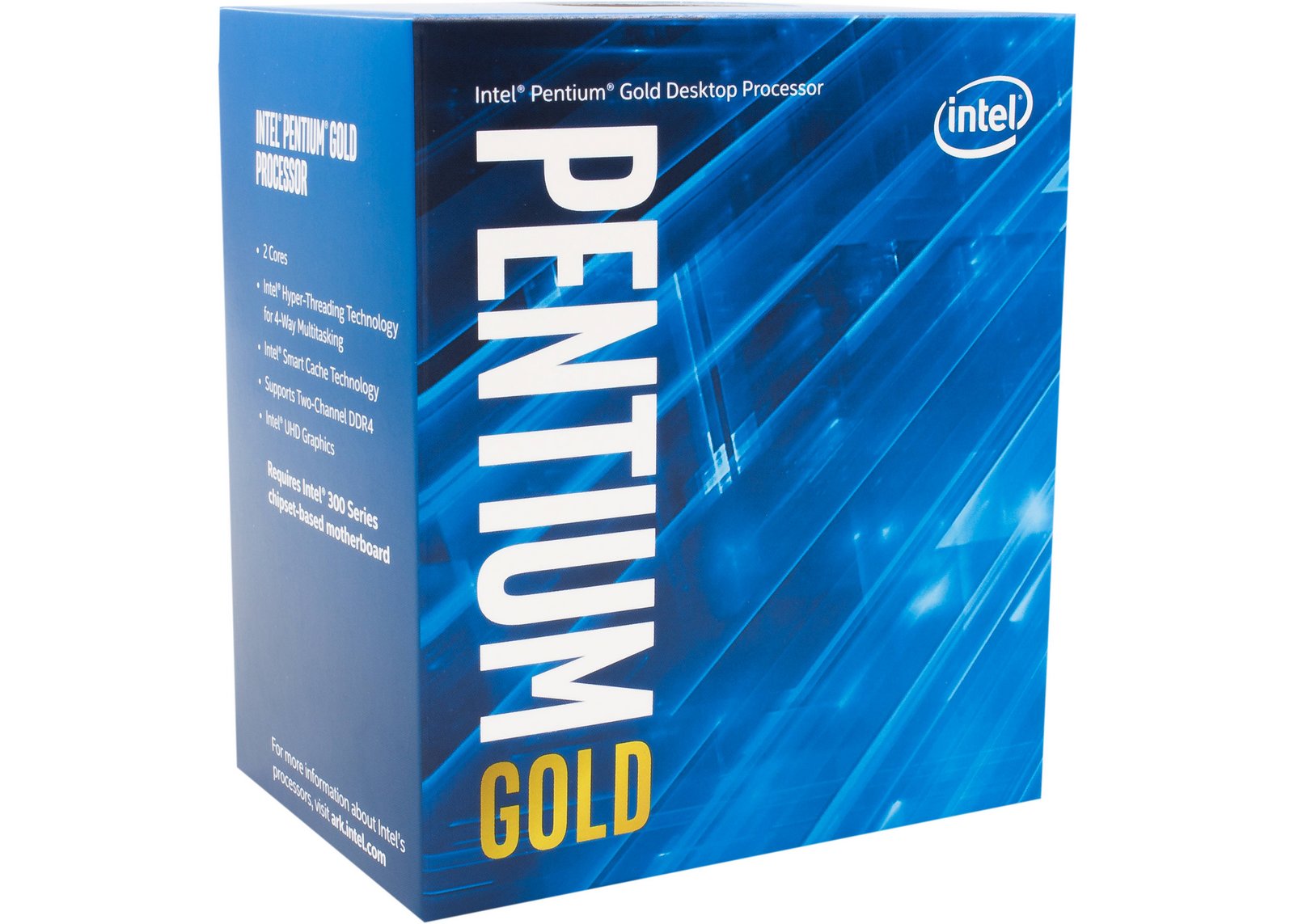 |
Pentium Gold and older Core i3 — Radeon RX 560 and GeForce GTX 1050, GTX 1050 Ti
All games at least 1080p medium settings, 1 year supply
Pentium Gold processors(G5400, G5500, G4560, G4600) stand out with two physical cores, but thanks to Hyper-Threading technology, four virtual threads. Previously, Core i3 chips (up to and including the 7000 series) had the same core-thread configuration. The performance of four threads is approximately equal to three cores (the last true three-core processors were Athlon II X3 back in the late 2010s). However the Pentium Gold still has one omission compared to the old Core i3 — there are no AVX instructions, but so far they are used only in highly specialized software.
The modern architecture of Coffee Lake or Kaby Lake, together with a high frequency (3.5 – 3.9 GHz), allows the Pentium Gold to combine well with the Radeon RX 560(preferably the 4 GB version), GeForce GTX 1050 and GTX 1050 Ti graphics cards. Even resource-intensive games will run comfortably on such a bundle at least at medium settings at Full HD resolution. But the performance margin of Pentium Gold is at best a year.
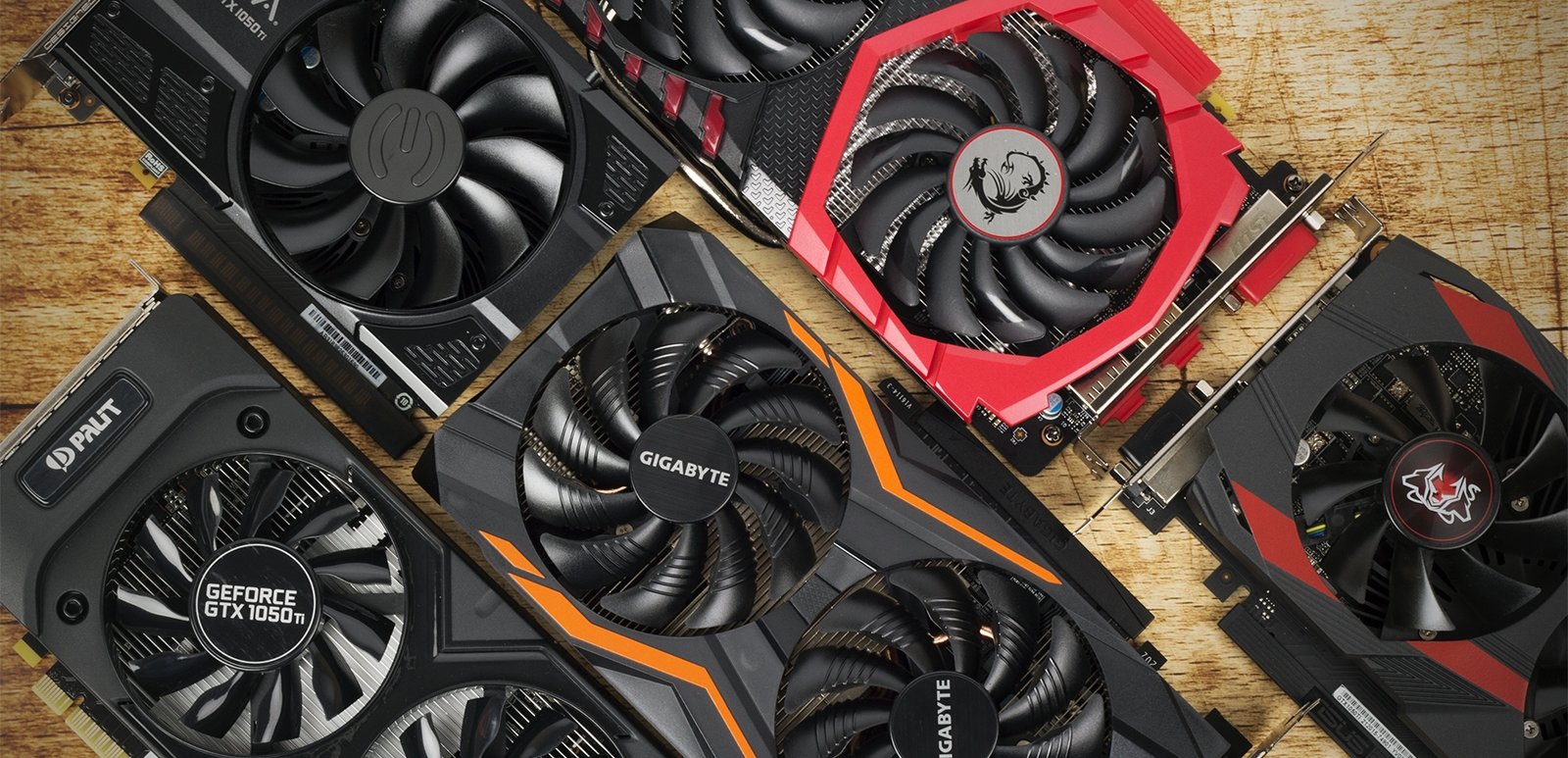 |
New Core i3, old i5, Ryzen 3 – GeForce GTX 1050 Ti, GTX 1060-3GB and Radeon RX 570
All games at least 1080p high settings, 2 years supply
The Core i3 8000 and 9000-series chips have at their disposal four physical cores, which previously only the Core i5 (7000-series and earlier) could boast of. At the same time, the average frame rate in games remained practically unchanged, but microfreezes disappeared (or at least became rare).
Quad-core processors Ryzen 3 also act as a competitor from the AMD camp. Models 1200, 1300X and 2300X have a full-size PCI-E x16 graphics card bus, while 2200G has a half-size x8. However, even it is barely enough for video cards GeForce GTX 1050 Ti, GTX 1060 and Radeon RX 570, allowing you to run demanding games at high settings. Another thing is that the farther, the more games require 6+ processor cores or threads, so the potential of quad cores will be exhausted in a couple of years.
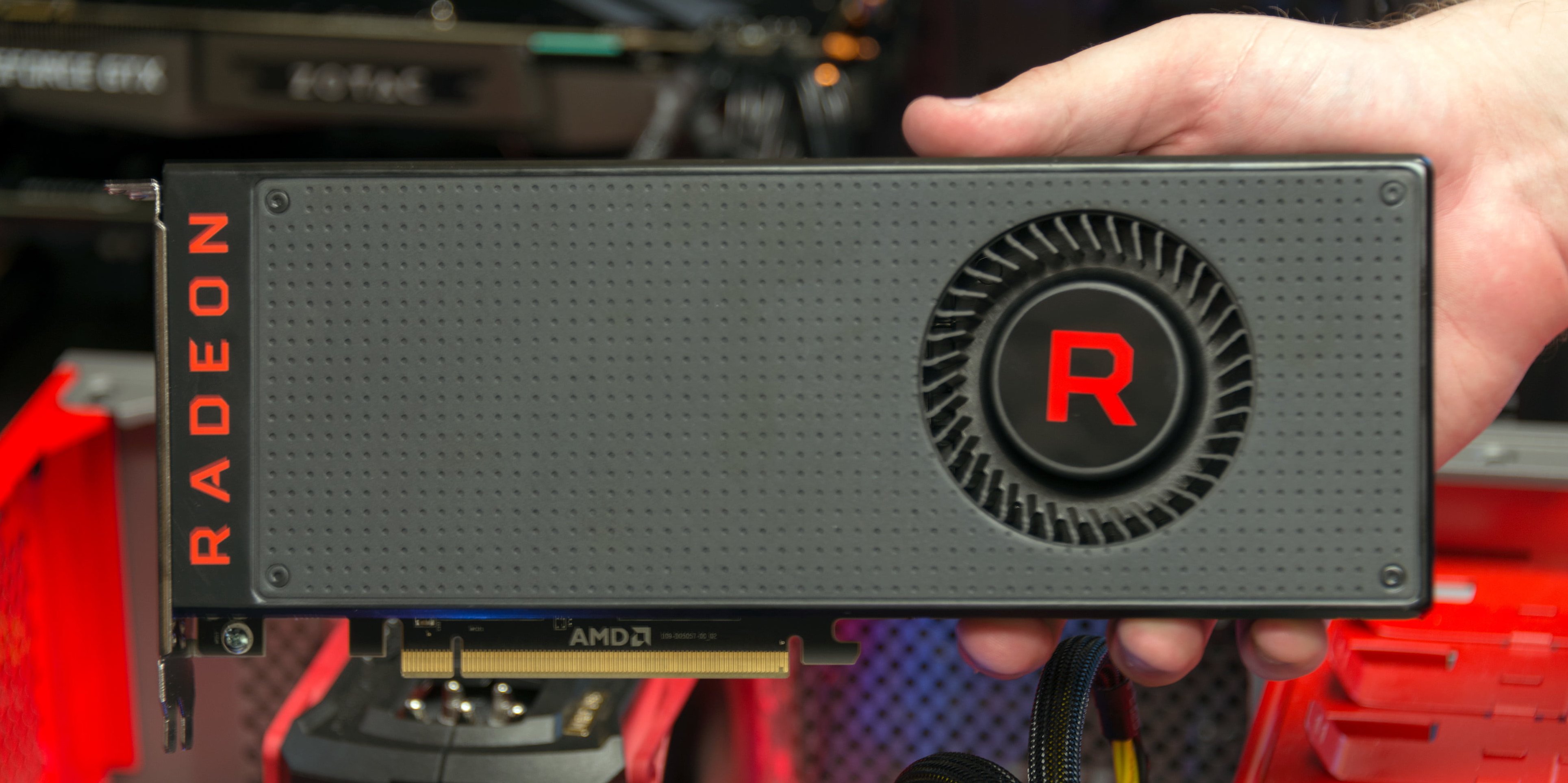 |
New Core i5, old i7, Ryzen 5 and 7 – GeForce GTX 1060-6GB, 1070, 1070 Ti and Radeon RX 580, Vega 56 and 64
All games at ultra settings in 1080p or high in 2K, 3-4 years reserve
The most affordable processors that can get the most out of the top Radeon graphics cards (RX 580, Vega 56, Vega 64) and pre-top GeForce (GTX 1060-6GB, 1070, 1070 Ti) are Core i5 8400, Ryzen 5 1400 and 2500X. Intel CPUs have six physical cores, while AMD chips have four cores but eight virtual threads. In addition, Ryzen can also be overclocked to a frequency of 3.9 GHz, while the Core i5 independently turbos up to the same frequency. But Ryzen 2400G is not recommended for such powerful video cards, since the half PCI-E x8 bus will become a “narrow bottleneck”.
With this combination of processor and vidyuhi, you can aim for ultra-settings in games at 1080p resolution or high at Quad HD (2K). The old Core i7 (up to the 7000 series) and the new six and eight-core Ryzen 5 and 7 with SMT multithreading do not yet give a noticeable increase in FPS in games. However, more cores means more headroom for the future, so it makes sense to pay a little extra for a Ryzen 5 1600 or 2600.
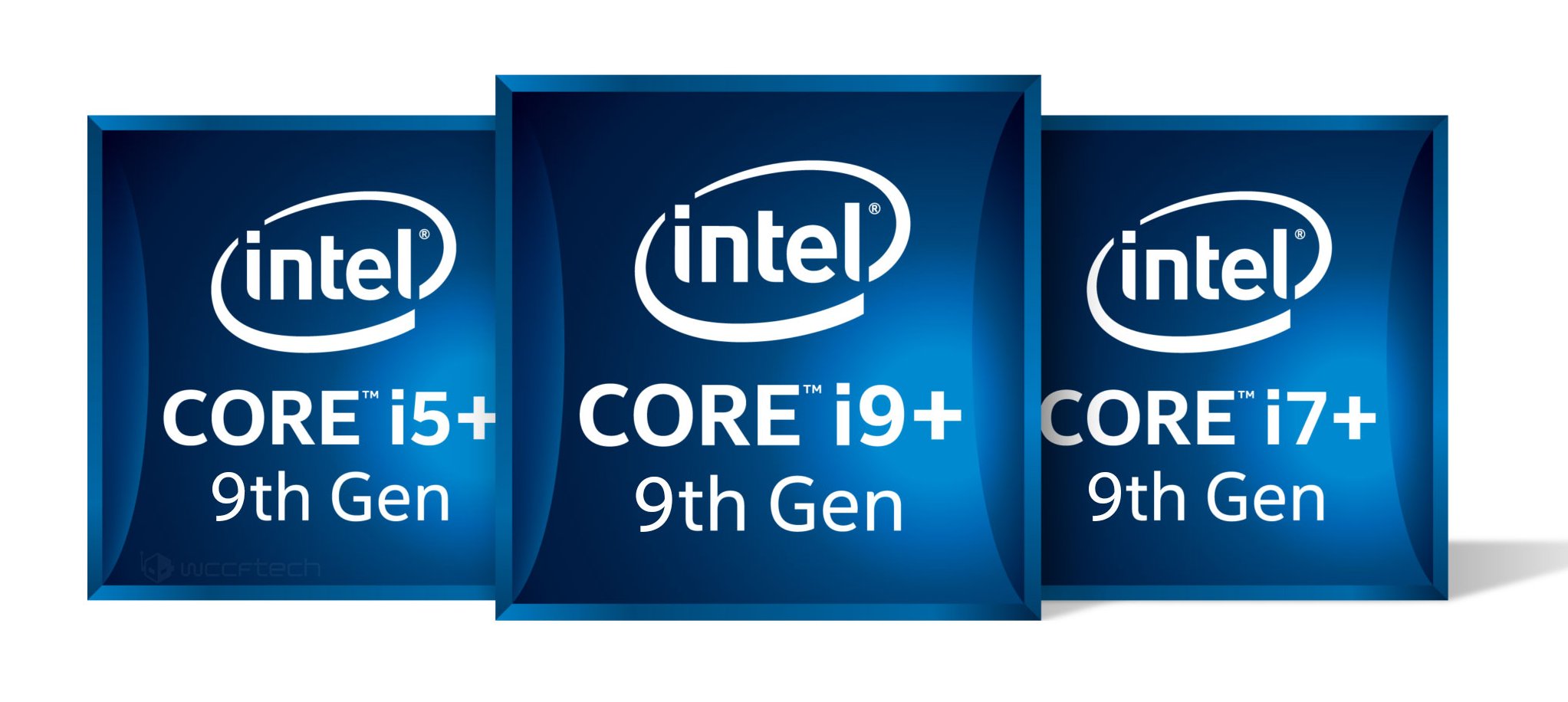 |
New Core i7 and i9 — GeForce GTX 1080, 1080 Ti, RTX 2070, 2080, 2080 Ti
All games at least on high settings in 4K, 5+ years reserve
Top gaming computers designed for monitors with a resolution of 4K, so far have to be assembled strictly on Intel processors and NVIDIA video cards. Professional LGA2011-v3 and 2066 should also be added to processors with a mass LGA1151-v2 socket. After all, before only they among Intel solutions had six or more cores with Hyper-Threading.
So, the 6-core 12-thread Core i7 8000 and 9000-series, as well as the latest 8-core 16- thread Core i9 9900K paired with the flagship video cards GeForce GTX 1080, 1080 Ti, RTX 2070, 2080, 2080 Ti allow you to get any game 45 – 60 FPS on high, and even ultra-settings at 4K resolution. In addition, the RTX 2070 and above support Ray Tracing's latest realistic reflection technology.
AMD simply does not have an answer in this segment: Threadripper is even more multi-core, but just as weak per core as Ryzen. But the competition will revive soon — with the release of the Zen 2 architecture. But the future of the flagship Radeon video cards remains vague.
Trust centralized heating, but keep a heater in the gas station!
Compact electric stoves with a width of 50 cm for the rational use of usable space in a small kitchen.
Reliable washing machines with an inverter motor, released in 2017 – 2018.
A selection of monitors for beginners and experienced designers, photographers, artists and video editors.
"What if ..." and other "why" related to the performance of mobile phones.









































